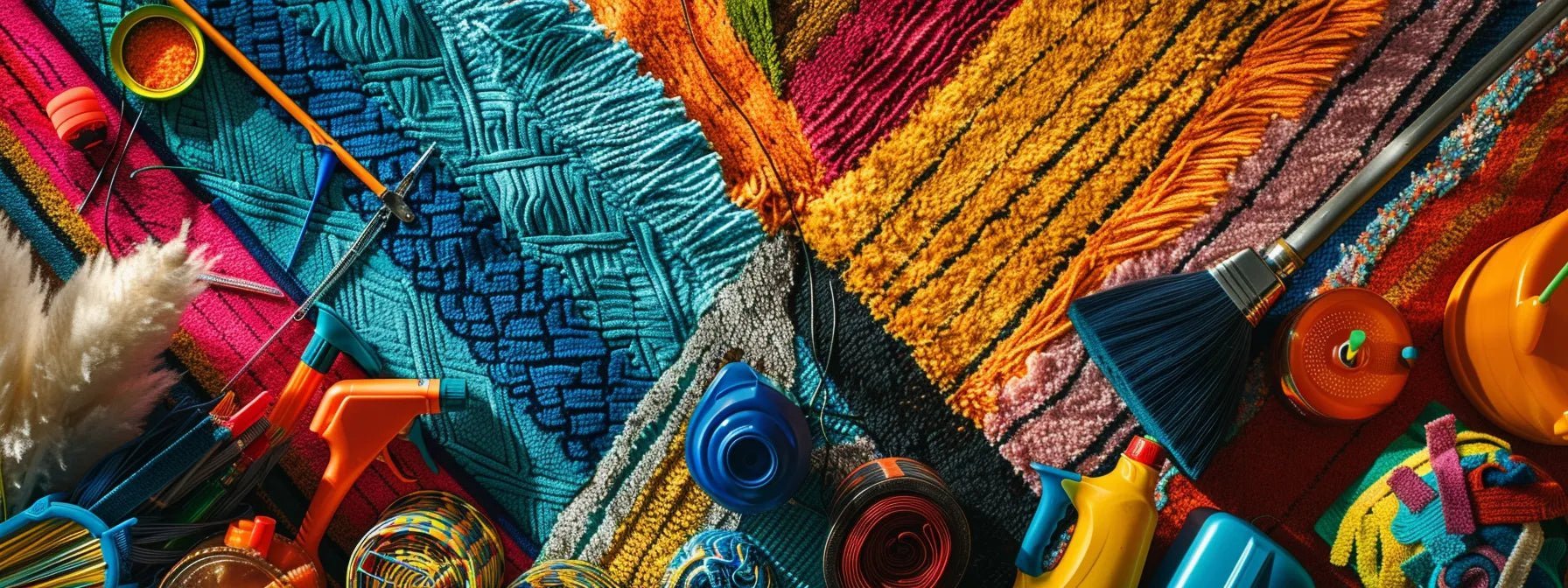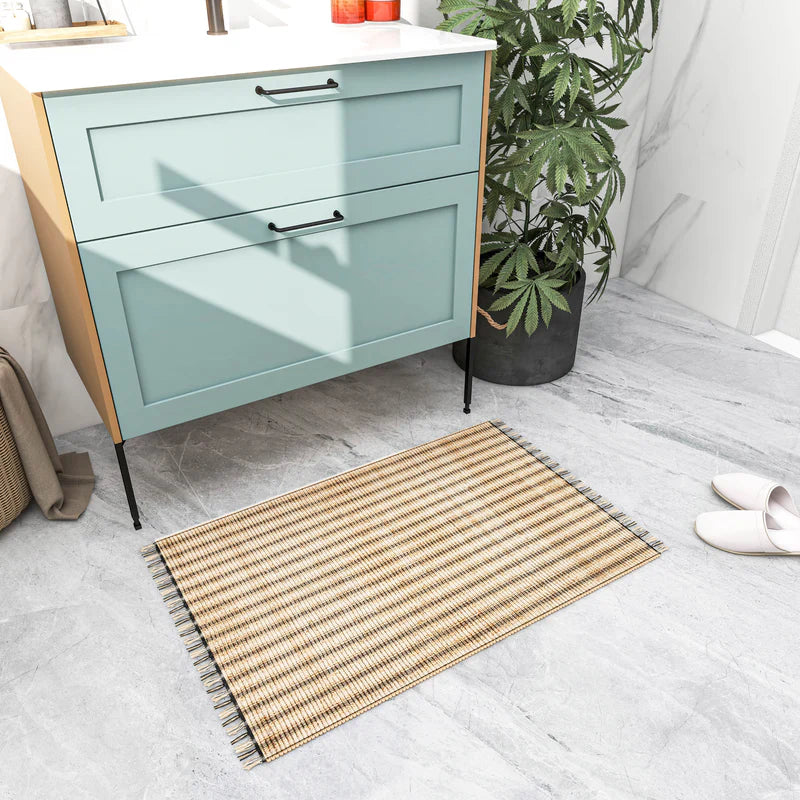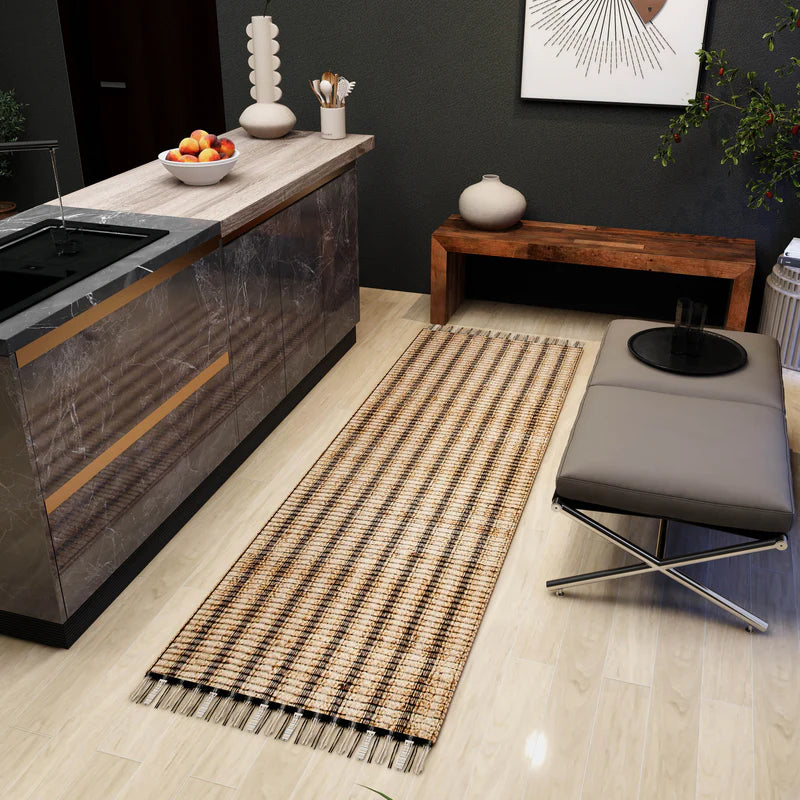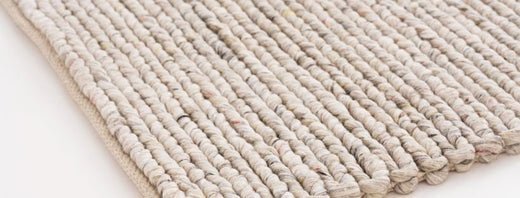Article: How to Clean a Wool Rug: Effective Techniques for Spotless Results

How to Clean a Wool Rug: Effective Techniques for Spotless Results
Key Takeaways
- Vacuum gently without a beater bar to prevent fiber damage.
- Use mild solutions like vinegar or baking soda for stains.
- Avoid steam cleaners and strong detergents.
- Dry wool rugs thoroughly to prevent mildew.
-
Consider professional cleaning once every 12–18 months.
Wool rugs need careful cleaning to keep their softness and shape. This guide shows how to clean a wool rug step by step using safe, simple tools.
How do you clean a wool rug yourself?
You can clean a wool rug yourself by vacuuming, spot cleaning with vinegar or baking soda, and air drying it properly.
Steps:
- Shake off loose dirt
- Vacuum without the beater bar
- Spot clean with vinegar or wool-safe soap
- Blot with cold water
-
Let it air dry flat in a shaded area
How do you wash a 100% wool rug?
Hand washing is safest for 100% wool rugs. Machine washing can damage fibers.
Steps:
- Fill a tub with cool water
- Add wool-friendly detergent
- Gently submerge the rug
- Rinse until water runs clear
- Roll in towels to remove excess water
-
Dry flat, away from sun
What cleaning products are safe for wool rugs?
Use pH-neutral or wool-specific cleaners. Avoid bleach, ammonia, or high-pH soaps.
Recommended:
- White vinegar (diluted)
- Baking soda
- Castile soap
-
Wool-safe carpet shampoos
How to spot clean a wool rug?
Spot cleaning uses a small amount of cleaner and water to remove stains without soaking the rug.
Steps:
- Blot stain with a dry cloth
- Use vinegar + water (1:1 ratio)
- Apply with a cloth—not directly
- Dab, don’t rub
-
Dry with a towel
Can you deep clean a wool rug at home?
Yes, but with care. Avoid steam cleaners and wet vacs.
DIY Deep Clean:
- Lightly dampen the rug
- Use diluted wool-safe cleaner
- Brush gently with soft-bristle brush
- Rinse with clean cloth
-
Air dry thoroughly
Can you use a Bissell carpet cleaner on a wool rug?
No. Most Bissell machines are too harsh for wool. Manual cleaning is safer.
How much does it cost to clean a wool rug professionally?
Professional cleaning costs $2 to $8 per square foot (source: HomeAdvisor). Large or stained rugs may cost more.
Can you wash a wool rug in a washing machine?
Only if the rug is labeled machine washable. Most wool rugs should be hand cleaned.
How to clean wool rug dog urine?
Use vinegar and baking soda immediately.
Steps:
- Blot the urine
- Spray vinegar-water mix
- Sprinkle baking soda
- Let sit 8–10 hours
-
Vacuum
How to clean different types of wool rugs?
|
Rug Type |
Method |
|
Flat Weave Wool Rug |
Vacuum + spot clean |
|
Deep Pile Wool Rug |
Light shampoo + hand dry |
|
Hand-Knotted Wool Rug |
Dry clean or hand wash only |
|
Braided Wool Rug |
Clean each braid section separately |
|
Flokati Wool Rug |
Shake + light hand brushing |
|
Hooked Wool Rug |
Spot clean, avoid over-wetting |
|
Moroccan Wool Rug |
Gentle spot cleaning only |
|
Persian Wool Rug |
Use only wool-approved cleaners |
Is 100% wool carpet easy to clean?
Wool resists stains naturally, but it needs careful cleaning. Avoid soaking or harsh chemicals.
How to dry a wool rug after cleaning?
Lay it flat on a clean surface. Use fans to speed up drying. Avoid direct sunlight to prevent fading or shrinkage.
How often should you vacuum a wool rug?
Vacuum once a week using a suction-only vacuum. Avoid beater bars—they can pull out fibers.
What to avoid when cleaning wool rugs?
- Hot water
- Bleach or ammonia
- Soaking the rug
- Machine agitation
-
Direct sun drying
Maintenance Tips
- Rotate every 6 months to balance wear
- Use a rug pad to reduce friction
- Shake out loose dirt monthly
-
Professional cleaning every 12–18 months
FAQs
How do you clean a wool rug yourself?
Use a vacuum, spot cleaner, and allow the air to dry.
How do you wash a 100% wool rug?
Hand wash using a wool-safe detergent in cold water.
Is 100% wool carpet easy to clean?
Yes, but clean it gently and avoid harsh chemicals.
What cleaning products are safe for wool rugs?
Use mild solutions like vinegar or pH-neutral wool detergents.
Can you use baking soda on wool rugs?
Yes. Baking soda is safe and useful for odor and stain removal.
Cleaning a wool rug is simple if done carefully. Stick to gentle cleaners and avoid machines or hot water. Regular care extends rug life.
What is a Wool Rug?
A rug made from natural wool fibers, known for softness and durability.
How to Make a Wool Rug?
Wool is spun into yarn and woven or tufted into various designs.
Are Wool Rugs Soft?
Yes. They’re naturally soft and plush underfoot.
Can Wool Rug Be Used Outdoors?
Not ideal. Wool absorbs moisture and may get moldy outside.
Living Room with Wool Rug?
Great choice. Wool rugs are cozy, stylish, and insulate well.
Are Wool Rugs Good for Pets?
Yes, but accidents should be cleaned quickly.
Can Wool Rug Get Wet?
Occasionally yes, but avoid soaking. Dry thoroughly.
DIY Wool Rug?
Yes, you can make one using braided or hooked wool techniques.
Pros and Cons of Wool Rug?
Pros: Durable, soft, stain-resistant
Cons: Pricey, not water-resistant
Are Wool Rugs Good?
Yes. They’re long-lasting, natural, and stylish.
Wool Rug Smell?
New wool may have a slight smell, which fades over time.
What Is a Wool Rug Made Of?
Natural sheep’s wool spun into yarn.
How to Remove Dog Urine Stains from Wool Rug?
Blot, apply vinegar-water mix, then baking soda, and vacuum once dry.








